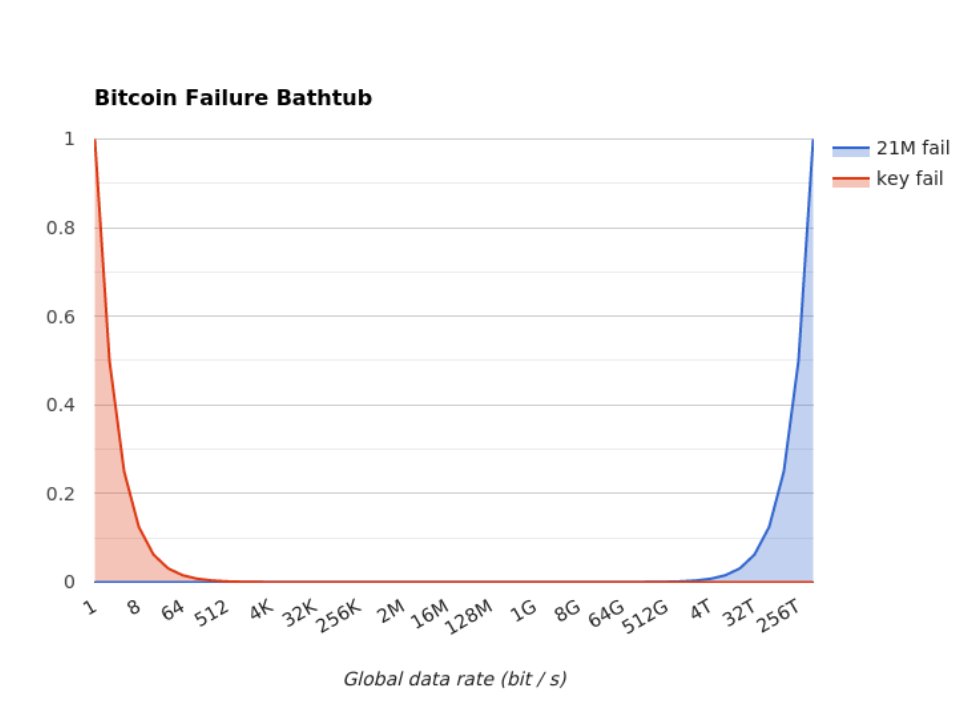Bitcoin's Block Size Debate Has 2 Failure Modes, Critics Say
Extremely small or extremely large block sizes may cause similar centralization problems.

Key Takeaways
- Bitcoin's ideal block size is still being discussed by critics.
- Small or large block sizes could cause centralization.
- There are no expected changes to block sizes in the near future.
Share this article
Two cryptocurrency critics have weighed in on Bitcoin’s ongoing block size debate, arguing that a middle ground is best. Anywhere outside this middle ground and Bitcoin risks undue centralization.
Hasu’s Flowchart
Hasu, a cryptocurrency researcher at Uncommon Core, summarized the debate with a simple flowchart:
The blocksize debate in a nutshell: pic.twitter.com/aEh7BuCaGD
— Hasu⚡️🤖 (@hasufl) May 20, 2020
On one hand, if block sizes are too small, users may need to pay higher fees for their transactions to be included in a block—or they may need to wait longer for their transactions to be confirmed.
On the other hand, if block sizes are too large, that could cause troubles for miners, who would need to provide more disk space and more network bandwidth in order to power the network.
In either case, unwieldy sizes could cause users to turn to third parties such as Coinbase or BitPay to handle their transactions—giving a few large companies centralized control over Bitcoin.
“The Bitcoin Bathtub”
Zooko Wilcox, the CEO of Zcash, noted that this flowchart is similar to another diagram proposed circa 2015 by Tadge Dryja, a lead researcher at MIT’s Digital Currency Initiative:
Under this view, extremely small blocks would require Bitcoin to carry out very few transactions. For example, 1 KB blocks might only allow 100 transactions per day. That would, in turn, require just a few large companies to handle transactions on behalf of users.
With large block sizes, only a few large institutions would have sufficient computer resources to verify transactions. Once again, those institutions would control Bitcoin.
Dryja originally noted that these numbers are not practical suggestions—just an illustration of the most extreme possibilities.
The Block Size Debate
This debate has been central to Bitcoin for years.
At least two Bitcoin forks have been born out of the matter. Bitcoin Cash, which split in August 2017, currently has a maximum block size of 32 MB. Bitcoin SV, which split from Bitcoin Cash in 2018, currently has a maximum block size of 2 GB.
Earlier (and now defunct) Bitcoin forks such as Bitcoin XT and Bitcoin Classic also attempted to confront the issue.
Although the debate has been important historically, there are no high-profile changes underway at the moment.
Bitcoin itself has settled on a maximum block size of 1 MB, extended by Segwit, which increases capacity in a more restricted way.
Share this article

